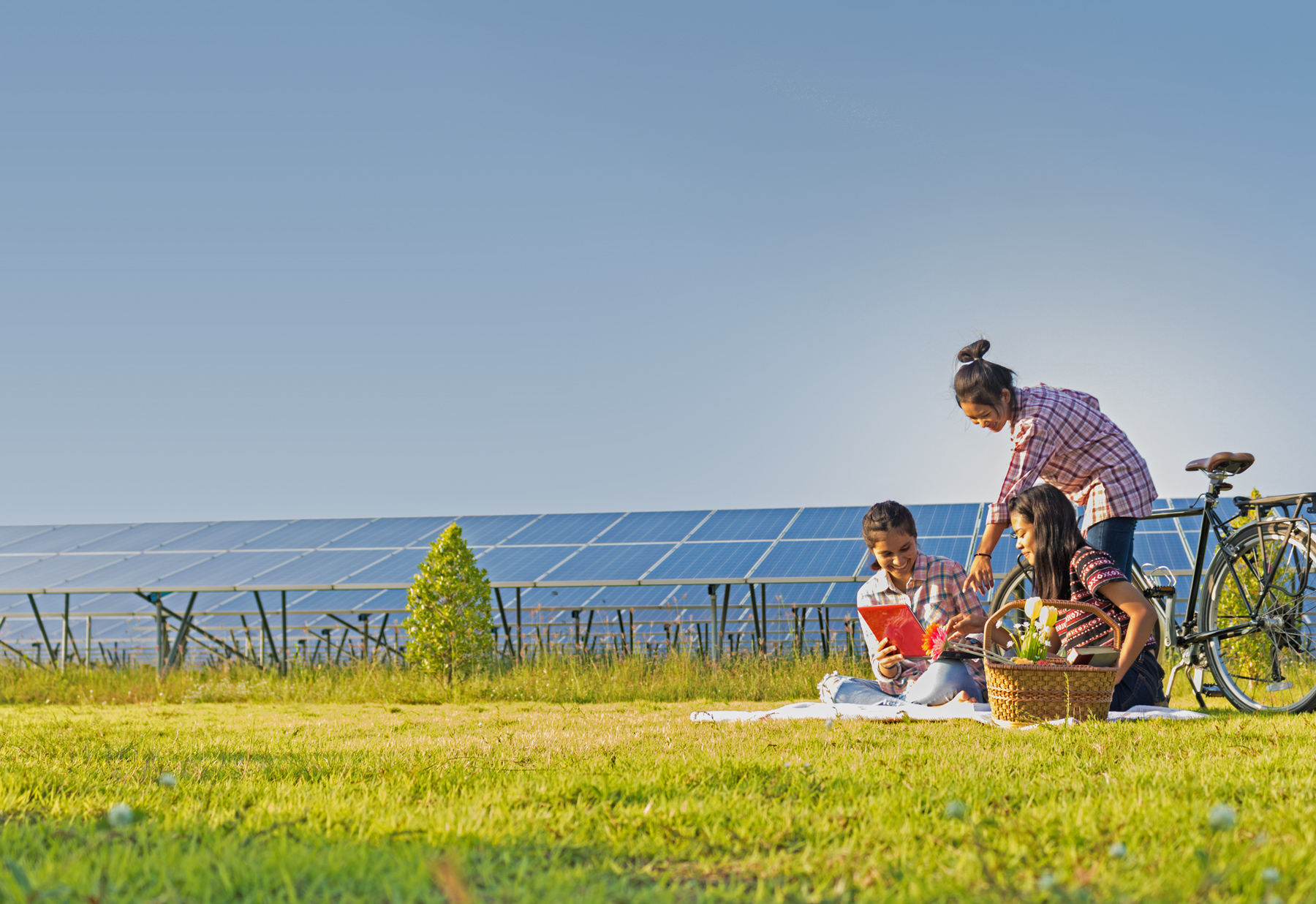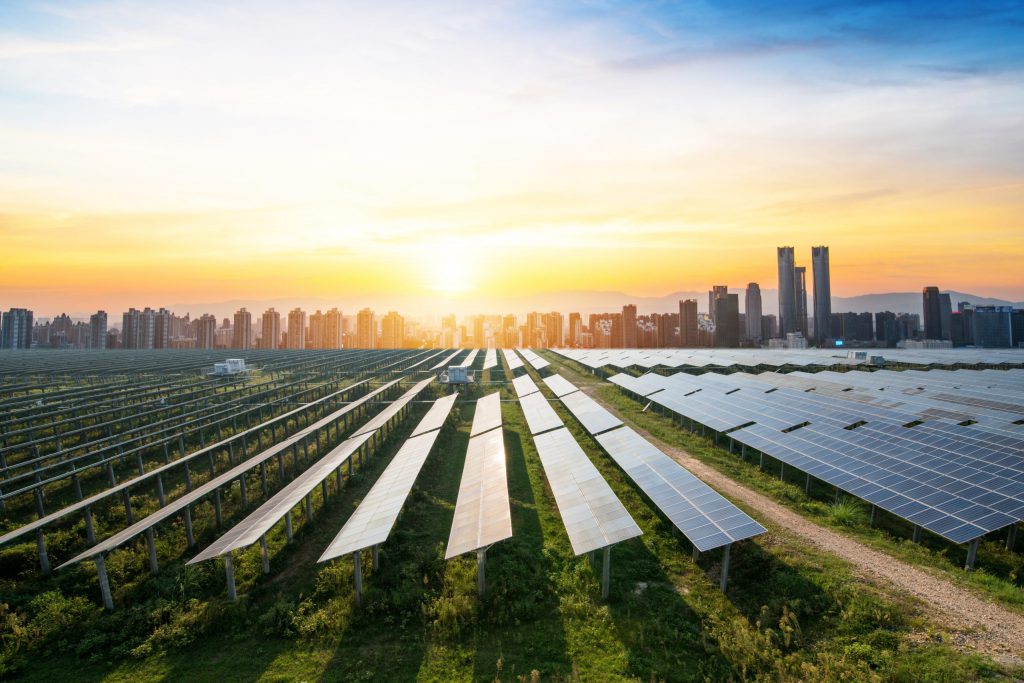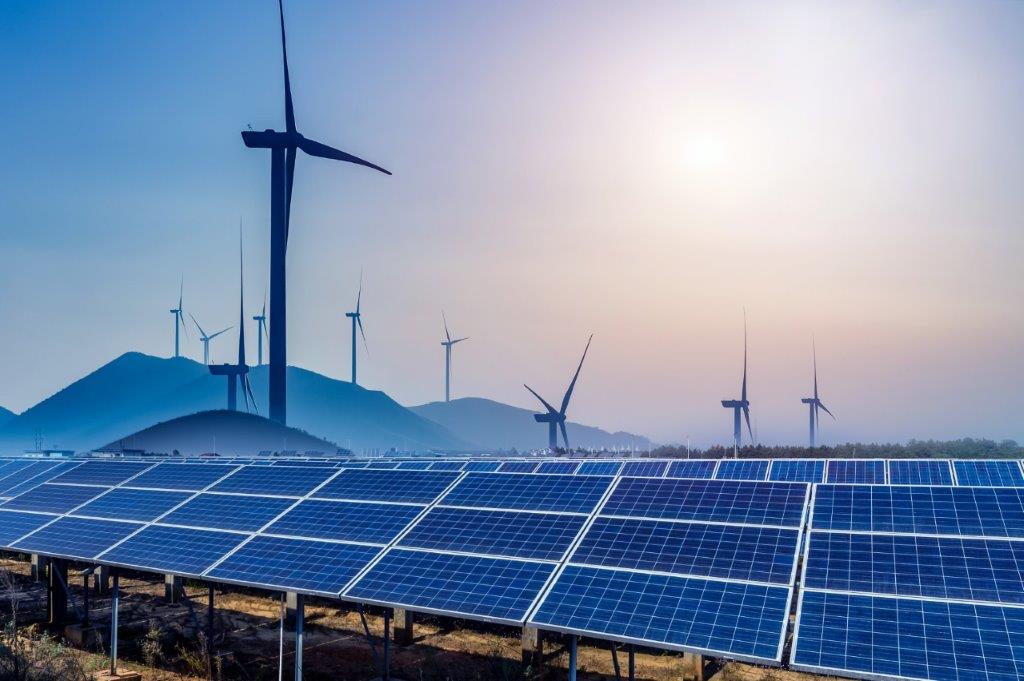When Solstice Co-Founder & CEO Steph Speirs first decided that she wanted to bring affordable clean energy to every community, she was halfway around the world.
She had been working with local communities to expand solar access in off-grid rural communities in India, and one day she realized that the households that she talked to on a daily basis were often more likely to get access to solar than the average American household.
So Speirs joined forces with Co-Founders Sandhya Murali and Steve Moilanen to form Solstice. The more they looked into the issue of American energy equity, that more they encountered the same contradiction: while many people felt like they were the only ones with a shaded or unsuitable roof, or who couldn’t justify the upfront expense, approximately 80 percent of all American households couldn’t get rooftop solar.
The seeming uniqueness of each household’s solar barrier had rendered the problem invisible, but together, they formed a growing nationwide issue. The solar industry was beginning to reproduce many (but not all) of the same inequities of fossil-fueled energy systems.
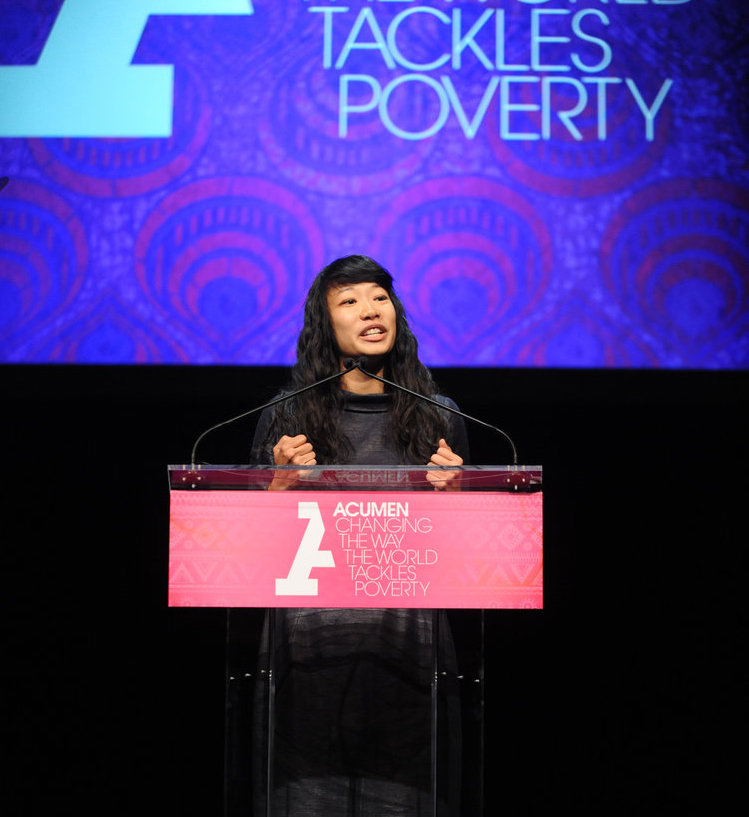
Solstice’s Co-Founder & CEO, Steph Speirs, speaking at the Acumen Fund annual gala
Table of Contents
Community Solar Can Be A Path To Energy Equity
Fortunately, a new model for solar was just gaining ground, and Solstice’s founders saw its potential to bring affordable, clean energy to more households. Community solar allows households to enroll in a local shared solar array and see savings on their electric bill, without any of the extra costs or installation problems introduced by putting it on a rooftop.
Still, just making community solar accessible is not enough to uplift disadvantaged communities. If we want community solar to be equitable and impactful, we need to focus on bringing it to the households that can benefit the most from it. The 10-20% savings that subscribers see on their electric bills are going to make a much larger financial impact on low- to moderate-income households. Savings like that can bring immense relief to individuals living on or below the poverty line, which includes more than 37.2 million people in America.
As a company founded on the principles of environmental justice and energy equity, we focus on bringing community solar to underserved and disadvantaged communities, including LMI and BIPOC households and community organizations. We’re seeing a major shift in community solar policies in favor of these communities across the nation.
More and more states are creating policies that require substantial LMI carveouts to ensure the communities that need the clean energy savings the most are prioritized for future community solar projects. AB 2316, currently being reviewed by the Senate, will require 51% of subscribers on new community solar projects in California be low- to moderate-income and New Mexico’s SB 84 will require a 30% carveout for low-income subscribers. We are thrilled to see progress in bringing energy equity to the solar industry and are excited to help developers reach their LMI acquisition goals while creating a positive impact for underserved communities.
Solstice remains dedicated and positioned to acquire, educate, and serve LMI customers across the nation.
We put solar project’s savings in deserving hands and meet LMI requirements set by states through:
- Non-traditional media use (public transportation
- Bilingual customer success associates
- Workforce development partnerships
- Housing Authority partnerships and experience working with Section 8 housing voucher holders
- Solstice Initiative, a nonprofit affiliate of Solstice Power Technologies and developer of the EnergyScore
- Community partnerships with essential businesses and organizations for LMI communities
When we first began our journey in community solar, we saw a few key factors causing many of these households that were left out of rooftop solar to also be excluded from community solar. Since its founding, Solstice has sought to change that and make community solar more accessible for every community, pursuing four key areas of action:
Solstice Makes Community Solar Contracts Affordable For All
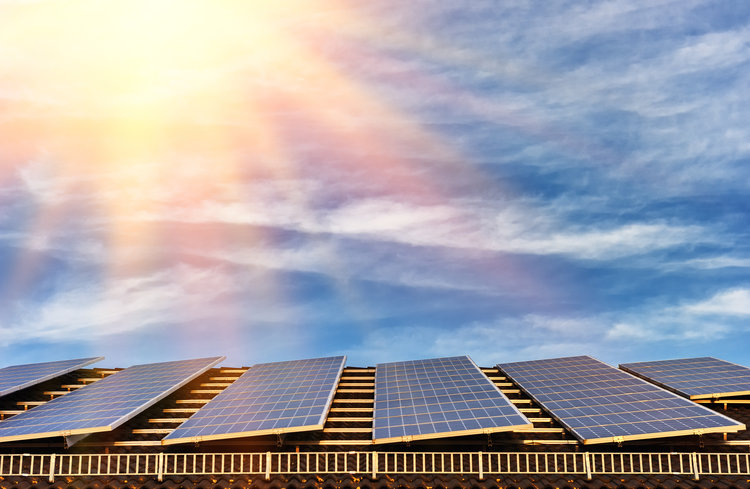
When Solstice began, most community solar subscriptions required customers to sign on for the full 20-year life of the project and pay steep cancellation fees if they ever decided to cancel their contract or move out of the area. These measures allayed the fears of risk-wary solar financiers, but they were far from the bold and inclusive industry that we wanted to be a part of building—and even putting aside equity concerns, it made little long-term business sense to exclude the 42 million American households that rent their homes.
So, even as the Solstice team has used our community organizing expertise to help solar developers fill their community solar gardens, we have negotiated on behalf of our customers, working to shorten contracts and get rid of cancellation fees. And while we can’t take all the credit, the industry has started to realize that customer-friendly contracts are the way of the future: developers are increasingly waiving cancellation fees, and we’ve begun to see contract lengths of two years or less.
To directly address the concerns of solar financiers, we’ve also set out to create a fund, called a loan-loss reserve, that will protect financiers of pilot solar projects serving low-income communities from bearing any additional risk associated with shorter contracts.
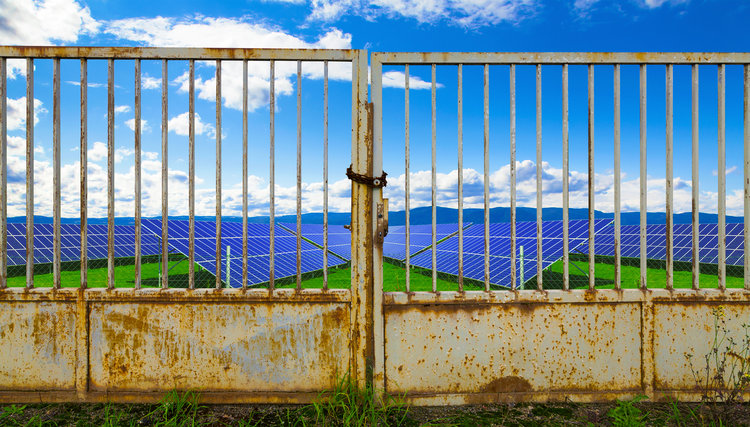
The Energyscore: A More Accurate And Inclusive Replacement For Restrictive Credit Score Requirements
Credit scores have long been used to predict whether or not people can be expected to pay certain bills. But the truth is that people’s ability to pay is a lot more complex than a single number—and credit score requirements disproportionately exclude low-income and communities of color. There are plenty of households that have paid their utility bills on time for years, but have a low credit score because they’re living paycheck-to-paycheck or using credit to make ends meet.
That’s why our nonprofit arm Solstice Initiative has been working with the Department of Energy and analysts at MIT and Stanford to make a way of qualifying people that is specifically designed to understand their ability to pay their community solar bill. We’ve analyzed a truly massive amount of (anonymized!) consumer data and put together a metric that is projected to be both more accurate than FICO credit scores in predicting people’s ability to pay their energy bills and more inclusive of low-to-moderate income households.
The EnergyScore was tested in real-life community solar projects around the country. We’re already working with Bright Power, Sol Purpose, Green City Force, and SolarOne to use the EnergyScore to bring solar and energy bill savings to New York City Housing Authority (NYCHA) affordable housing residents, and we’re expecting to announce other project partnerships in the near future.
Solstice Improves Enrollment & Billing Experience for Subscribers
The solar industry has garnered some negative attention from companies who mislead consumers looking to join the clean energy revolution. Subscribers should feel confident and comfortable when they enroll in a community solar farm, which is why Solstice provides comprehensive and accessible community solar education including webinars, videos, guides, and consultations with our customer success team. We have bilingual Customer Success team members ready to assist customers and create translated educational materials to ensure we’re ready to serve every community.
After enrolling, it can be difficult to understand how billing works depending on the billing model a utility provider uses. When it comes to paying the electric bill, utilities offer two billing models for community solar subscribers – consolidated billing and dual billing. Many projects are now using the consolidated billing model, which makes enrolling in community solar a seamless experience. With consolidated billing, the electric charges, solar credits, and community solar savings are lumped into the electric bill the customer typically receives from their utility provider.
Many projects still use the dual-billing model, which means that customers receive their typical electric bill with their solar credits subtracted from the total cost and then receive a second bill from Solstice that includes the cost of their solar credits with their community solar savings applied.
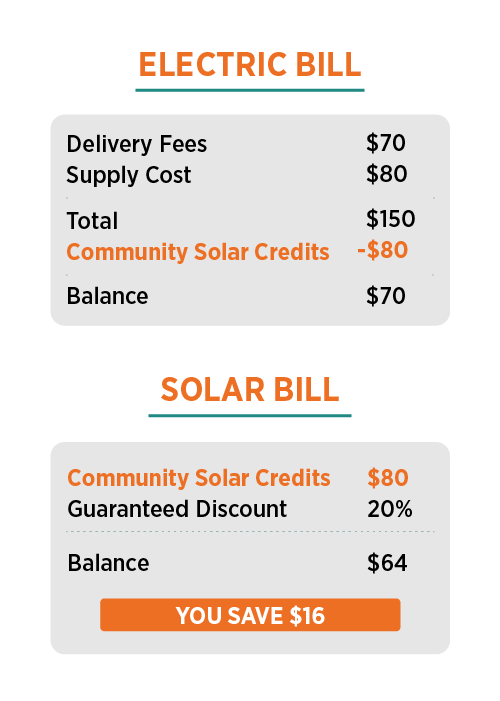
While the billing model for each project is out of our hands, Solstice aims to reduce frustration with automatic billing and an easy-to-use customer platform. Rest assured, payments won’t be missed, and everyone can log in at any time to see savings, billing information, and environmental impacts all in one place.
Solstice Advances Solar Policy For The Rest Of Us
The evidence is clear: solar policies, and the solar industry as a whole, have historically failed to serve the needs of low-income communities in a truly representative fashion. That’s why it’s so important to advocate for the policy frameworks that have a measurable impact in increasing participation by underserved communities—policies which don’t just mandate low-income participation, but which provide businesses and organizations with the resources necessary to create project designs and outreach methods to serve these communities.
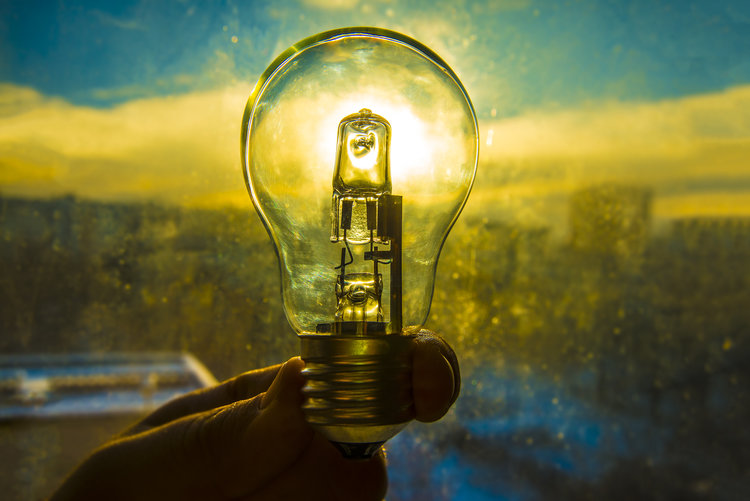
Through our leadership in the New York Energy Democracy Alliance, Solstice’s Inclusion Team has advocated for policies that directly address barriers to low-income participation, including:
- Helping to shape a $21 million incentive for low-income community solar research and development
Pushing forward policies to increase compensation rates and private-sector financing for low-income community solar
In order for us to bring community solar to every community, we need to take action and focus on serving marginalized communities, creating an easy enrollment and billing experience for subscribers, and advocating for customer-friendly contracts and inclusive community solar policies. We want a cleaner future for every community. The green revolution is here, and we can’t wait to see the positive impacts community solar will bring to underserved households and organizations across the nation.
